The regions are becoming increasingly vocal in their attempts to access money for rail improvements.
Perhaps the most obvious example is the North, which has long campaigned for extra money and new trains. But other parts of the UK also want and need investment.
Following the devastation at Dawlish in February (RAIL 742), there have been plenty of calls for additional infrastructure investment in diversionary routes. Network Rail has carried out a study looking into the options (RAIL 753), while South West campaigners believe an investment of £7 billion would pay for itself in seven years (RAIL 761). They make a compelling case.
In East Anglia, the sum wanted is much smaller - a mere £476 million. But campaigners there believe that would unlock economic potential worth almost ten times that figure.
On November 4, the Great Eastern Main Line Taskforce released its The Business Case: Release the Potential report (RAIL 761), which makes the case for investment in the Great Eastern Main Line.
The report states that the current average speed of London-Norwich GEML trains is 63mph, resulting in slower journey times than from London to Stoke, Nottingham, York or Bristol (all further distances than the 115 miles between Norwich and London).
There will also be an issue over quality. Currently 18% of peak-hour passengers arriving at London Liverpool Street have to stand (excluding the Metros). And forecasts show demand on the GEML into London from Suffolk and Norfolk is expected to grow by 32%, and from Essex by 52%!
Then there is the issue of subsidies. Anglia’s network operates with some of the lowest in the country. AGA is the second least subsidised passenger operator in the UK, receiving 1.5p per passenger mile. The national average is 12.5p.
And finally, the report states the benefit:cost ratio is between 8.6 and 9.5.
Writing in the report, New Anglia Local Enterprise Partnership Chairman Mark Pendlington says: “The Chancellor’s decision for this Autumn Statement is simple: we ask him to confirm the infrastructure improvements needed to unlock the economic potential of the region through faster and more reliable services; and provide for new rolling stock on the Great Eastern Main Line for better journeys.”
The report says that Norfolk, Suffolk and Essex are “important” because they generate £60 billion in GVA (gross value added) for the UK economy each year, and that this is expected to rise to £75bn in the next 12 years. It is one of only two net contributor regions to the Treasury.
Three million people already live in the three counties, and over the next decade the region will see 205,000 new jobs and 184,000 new homes. The report warns that this will lead to some of the fastest rates of passenger growth in the country, with decisions having to be made as to where these houses will go.
Pendlington tells RAIL: “It is not about turning green fields into boxes on hills. The LEP is working with local authorities to find a solution.”
The report adds: “Our economy, built on the success of innovative and dynamic businesses, is also growing and carries even more potential.
“We could be the ‘California of Europe’, yet we have some of the oldest trains in Britain and our passengers pay some of the highest fares to subsidise other lines in the country. Our rail service is overcrowded; the infrastructure is not resilient to failures. It is as quick to go 225 miles over land and sea from London to Brussels as it is to travel on the train from London to Norwich, half the distance.”
It adds that other regions are receiving new infrastructure, and are reaping the rewards from this. The call is for “a fair deal” that can be delivered through the forthcoming new franchise specification and Network Rail’s Control Period 6 (CP6).
Industry is at the heart of the LEP’s plans. Europe’s biggest insurance cluster is based in the region, while BT has its European research and development headquarters there. The UK’s largest container port is at Felixstowe on the Suffolk coast, while the ‘energy coast’ has £50bn of potential investment for nuclear, gas and renewable energy production.
The campaign claims: “We are leaders in innovation, research and education - Norwich Research Park is one of Europe’s biggest concentrations of research in environment, health and plant science; the Knowledge Gateway at the University of Essex is set to become a leading location for research and business; and in Chelmsford, Anglia Ruskin’s newly opened Business Innovation Centre for medical and advanced engineering will nurture fledgling ventures to market.”
It calls the GEML the “Golden thread”, a sobriquet Pendlington also referred to at the Transport Select Committee hearing on October 27 (RAIL 761).
Reliability and quality is key to the economy, and the report says that the GEML “must be a standard bearer to the world that inspires business confidence in East Anglia”.
Government is recognising that potential, with City Deals for Ipswich and Norwich that give local leaders the powers to deliver growth and jobs in their communities.
To further boost that potential, campaigners are calling for a regular service between London and Norwich of 90 minutes in total. It should be 25 minutes to Chelmsford, 40 to Colchester, and 60 to Ipswich.
What is non-negotiable, they say, is that the overall reliability and performance of the route cannot be compromised to reduce journey times, overall capacity of the route must be maintained for passengers and freight, and there must be improvements that represent value for money.
The focus is on rolling stock, infrastructure and timetables. The rolling stock, ideally, would be brand new - currently the Norwich to London trains are operated by Class 90s dating from 1987-1990, hauling Mk 3 coaches dating from 1974-1988.
In the meantime, local operator Abellio Greater Anglia has signed a deal for the coaches to be refurbished at Norwich Crown Point. They will have sockets installed, upgraded LED, re-covered seats, and new Control Emission Toilets.
First Class catering vehicles are being fitted with Standard Class seats, adding 1,600 seats at the peak. But there is a very significant element missing - plug-doors. And that is a positive sign, according to AGA Managing Director Jamie Burles.
Back in August (RAIL 756), he told RAIL: “The Mk 3s will be compliant with TSI, but not overall because of the doors. If Mk 3s were the outcome of a long-term strategy, then they would need them. We are pleased that the TSI is not included because it offers the possibility of new trains.”
Burles wants new trains, that much is clear: “Look at NRPS . Performance is the number one priority, but after that it is the internal.”
Earlier this year, the LEP told RAIL that the rolling stock would need to have intercity-style interiors rather than commuter train interiors, otherwise the market would be killed. Burles agreed: “I believe that the internal has to be fit for long-distance.”
On November 10, Pendlington told RAIL: “It is not our job to do the specifications, the class, and so on. They need to be able to accelerate and be conformable. We see Norwich to London as an Intercity route, and we want quality.”
Infrastructure-wise, the campaign calls for 110mph running where possible. Network Rail has previously highlighted that a number of level crossings on the GEML are preventing this, although it is not an insurmountable obstacle.
Pendlington also says that freight is backing the plans. Referring to the Port of Felixstowe, he tells RAIL: “They are on our side and vice-versa. Freight currently has to go to London and then to Nuneaton - that is bizarre. It should have a direct route. We believe there should be investment. There’s bits that need money, and there is the case for longer trains. The bits are coming together, and can continue if we are allowed to.”
It’s clear that Anglia has a well thought out plan for what it wants and needs. There is cross-party support for the campaign, and Chancellor George Osborne personally visited Norwich to set up the Taskforce.
The question now is: has the region shouted loudly enough?
Pendlington hopes so: “We have never shouted loudly about the good for the area. I’m encouraging the area to shout.” It seems Anglia is finding its voice.
- This feature was published in RAIL 762 on 26 November 2014

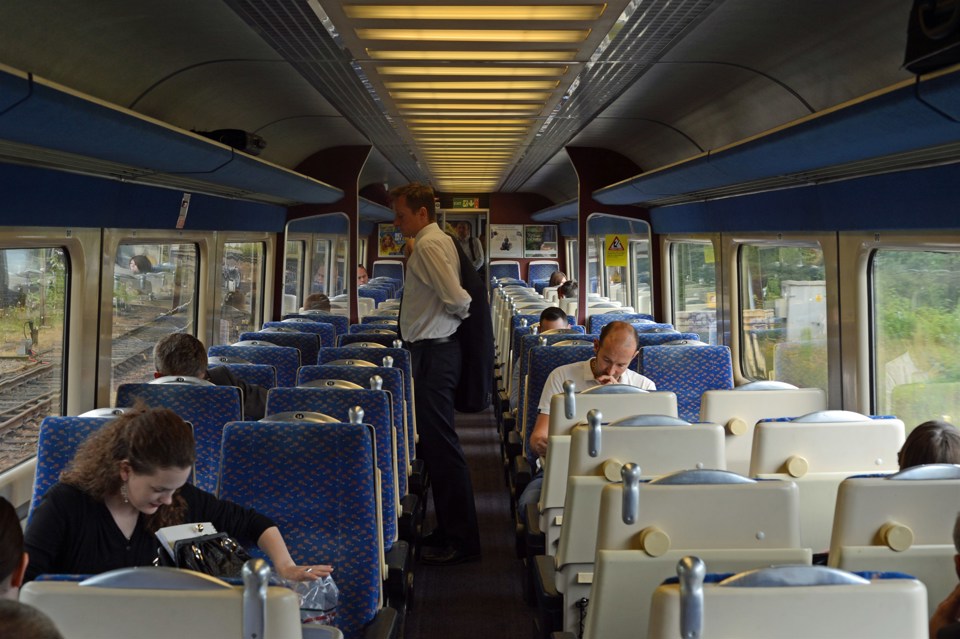
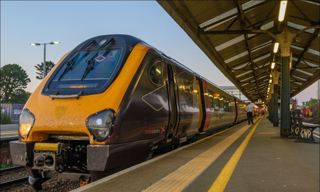
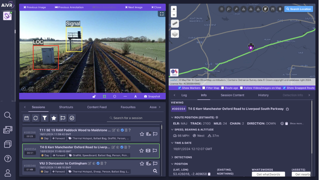
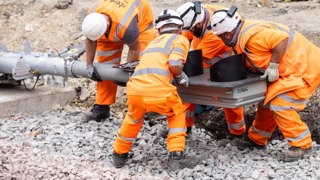
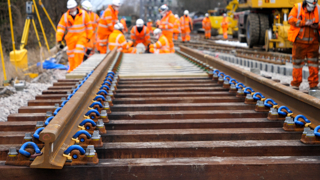










Login to comment
Comments
No comments have been made yet.